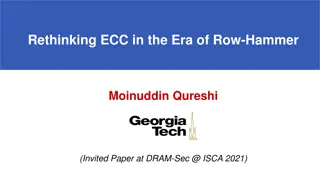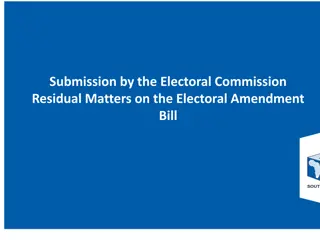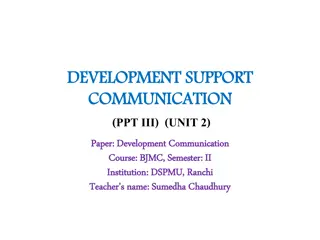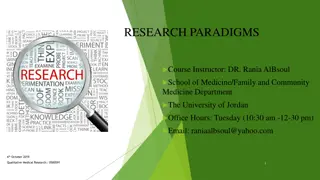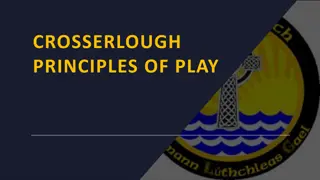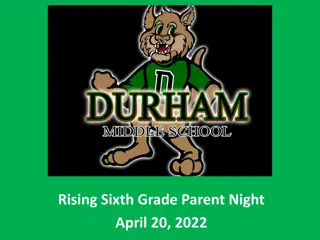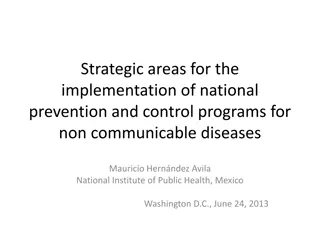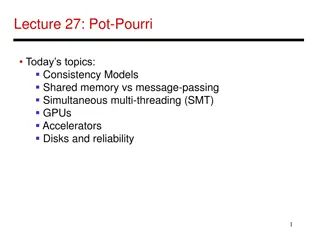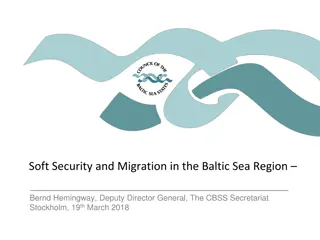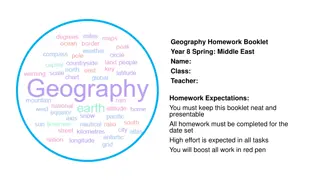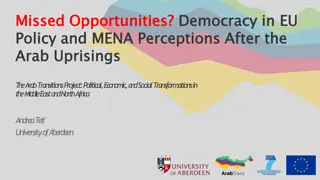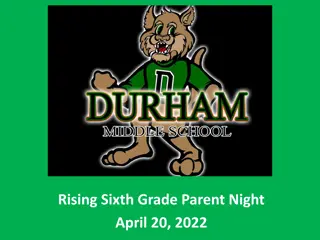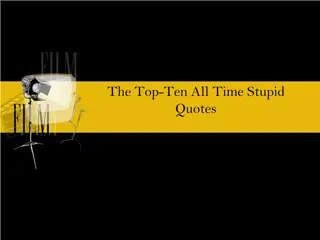Rethinking Perceptions of the Middle East: Contesting Paradigms and Definitions
This presentation by Walter Lorenz aims to challenge traditional perceptions of the Middle East by redefining terms like "The Arab World" and "The Muslim World". Discussions include the diverse communities, languages, religions, and controversial boundaries in the region. The goal is to spark a reconsideration of how we define the Middle East.
Download Presentation

Please find below an Image/Link to download the presentation.
The content on the website is provided AS IS for your information and personal use only. It may not be sold, licensed, or shared on other websites without obtaining consent from the author.If you encounter any issues during the download, it is possible that the publisher has removed the file from their server.
You are allowed to download the files provided on this website for personal or commercial use, subject to the condition that they are used lawfully. All files are the property of their respective owners.
The content on the website is provided AS IS for your information and personal use only. It may not be sold, licensed, or shared on other websites without obtaining consent from the author.
E N D
Presentation Transcript
Contesting Paradigms and Redefining Perceptions of the Middle East By: Walter Lorenz Lecturer inArabic Pennsylvania State University
Purpose of Presentation This presentation will discuss the various communities of the Middle East. The goal is to redefine terms that have marked the region as TheArab World, and The Muslim World that is quite often used in political statements and the media.
Topics to be Discussed What is Middle Eastern and The Middle East Discussing Communities: Religions and Languages TheArab World and The Muslim World Summary Conclusion
Question: What is Middle Eastern? How do we define the Middle East?
Traditional Definition of the Middle East - Before WWI - "Near East" = Balkans and the Ottoman Empire - "Middle East" =Iran, Afghanistan, and Central Asia. - In 1957, the U.S. officially uses Middle East for the region around the Suez Canal.
Diverse Communities: Languages and Religions What are the languages and the communities that exist in the region?
List of Languages (Dark Green) Arabic, Aramaic, Azerbaijani, French, Greek, Hebrew, Kurdish, Persian, Turkish. (Light and Dark Green) Arabic, Armenian, Azerbaijani, Balochi, Dari, French, Greek, Georgian, Hebrew, Kurdish, Pashto, Persian, Punjabi, Sindhi, Somali, Tamazigh, Tigrinya, Turkish.
Major Religious Communities Islam (Sunni and Shiite sects) Christianity (numerous sects such as Nestorian, Greek Orthodox, Maronite,Armenian, Coptic, etc). Judaism Zoroastrianism Druze Bah '
Terminology and the Media Two Commonly Used Terms in the Media. TheArab World and The Muslim World Question: What are some images that come to mind when you hear these terms?
Arabic Speaking Countries Arab League: AnArab is a person whose language isArabic, who lives in anArabic-speaking country, and who is in sympathy with the aspirations of theArabic-speaking peoples. Many peoples of non-Arab origins, such as Egyptians and Phoenicians, may or may not identify themselves asArabs. Arabic dialects differ regionally.
What is The Muslim World? Overall,Arabs make up less than one quarter of the world's 1.4 billion Muslims. How can we define The Muslim World? Does this world have borders and how many worlds are there?
Summary The region defined as the Middle East is a controversial boundary that is difficult to define both culturally and physically. Multiple religious and linguistic communities that are usually overshadowed by an Arab or Muslim Middle East. The MuslimWorld or TheArab World are problematic in that they marginalize the diversity of the region. The media propagates the popular portrayal of these ideas. Can we redefine them?
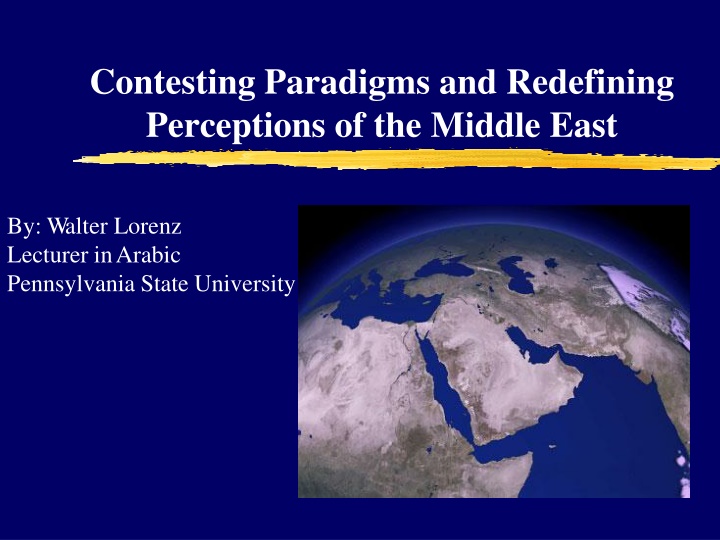

![READ⚡[PDF]✔ Emerging Space Powers: The New Space Programs of Asia, the Middle Ea](/thumb/21554/read-pdf-emerging-space-powers-the-new-space-programs-of-asia-the-middle-ea.jpg)

